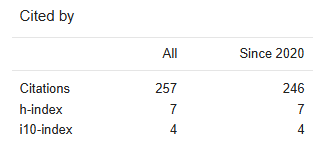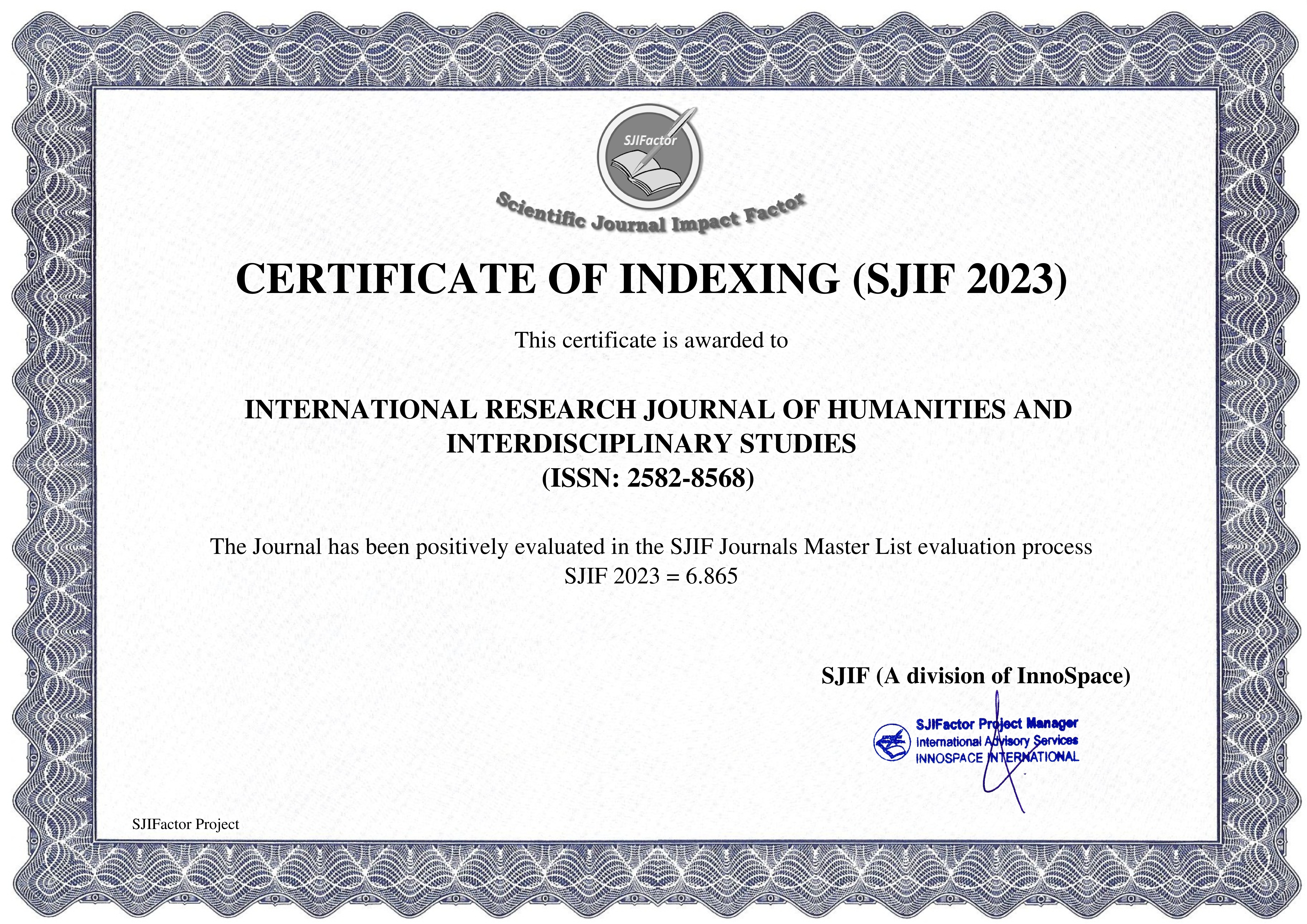Paper Details


Call For Papers
Volume 06, Issue 12
Frequency: 12 Issue per year
Paper Submission: Throughout the Month
Acceptance Notification: Within 2 days
Areas Covered: Multidisciplinary
Accepted Language: Multiple Languages
Journal Type: Online (e-Journal)
Announcement

Publish books with ISBN Number
- Edited Book
- Text Book
- Ph.D Thesis
- Conference Proceedings
ISSN Number:
2582-8568
Journal DOI No:
03.2021-11278686
Title:
Pandemic & Issues of Employment
Authors:
Cite this Article:
,
Pandemic & Issues of Employment, International Research Journal of Humanities and Interdisciplinary Studies (www.irjhis.com), ISSN : 2582-8568, Volume: 2, Issue: 7, Year: July 2021, Page No : 211-219,
Available at : http://irjhis.com/paper/IRJHIS2107034.pdf
Abstract:
In the initial years of development planning, unemployment was not considered as a major problem. It was assumed that reasonable growth rate and labour-intensive sectors would prevent any increase in unemployment. In the coming years the labour grew more rapidly than the increase in employment due to the structural changes. Demand of labour from other than agricultural sector lagged far behind labour supply in India. Today India is a young and vibrant nation with nearly 64 percent of its population in the working age group 15-59 years. The size of the working age population in India will continue to grow till 2050 as estimated by World Bank. It also states that from 2020 onwards, the population of the young will begin to decline in India. This window of demographic dividend has to be utilized with the help of dynamic policy making and its implementation. The unemployment rate as estimated in Periodic Labour Force Survey (PLFS) for the years 2017-18 and 2018-19 is 6.1 per cent and 5.8 per cent respectively. In the age group of 15 years and above, unemployment rate for different level of education is, 14.4 percent (post graduate & above), 16.9 percent (graduate) and 17.2 percent (diploma & certificate course). These unemployment rates saw a surge due to the onset of novel coronavirus which struck India on 27th January,2020. On 24 March 2020, there was a nationwide lockdown due the fear of spread of coronavirus. The impact of the lockdown was felt on our way of living, livelihoods and the economy. There is a dire need to revive the economy with effective monetary and fiscal policies and at the same time to take advantage of the window of opportunity. India needs to absorb as well as create an educated and skilled workforce with the help of investment in human capital and by creating employment opportunities in non-agricultural sectors - industry and services.
Keywords:
unemployment, education, demographic dividend
Publication Details:
Published Paper ID: IRJHIS2107034
Registration ID: 20304
Published In: Volume: 2, Issue: 7, Year: July 2021
Page No: 211-219
ISSN Number: 2582-8568
Download Full Paper: Click Here
Article Preview:





